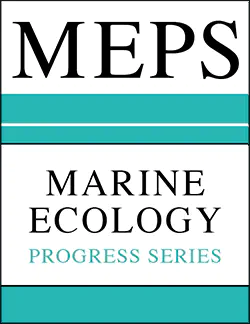Body condition and energy content of the shore crab Carcinus maenas in a temperate coastal system: temporal variability

Abstract
The body condition of the shore crab Carcinus maenas in a temperate coastal system (western Dutch Wadden Sea) was followed over 14 mo. Fulton’s condition factor K, dry weight condition and the percentage of dry weight were determined as indirect indices, while bomb calorimetry was applied to obtain the energy density and total energy, as direct biochemical measures of condition. General linear models identified sex, size and season as relevant regressors explaining observed variance in crab condition, whereas colour morphotype effect was negligible. The seasonal pattern was consistent with the natural cycling in temperature and expected food availability, but the peak in body condition differed depending on the type of measure used: energy peaked in autumn, while morphometric condition was at its highest in winter, uncovering different latencies in the response of direct and indirect indices. Concordant with higher energy investment in reproduction, body condition and energy content of non-ovigerous females were higher than those of males, and egg-bearing females always had the lowest condition values. Energy content of adult females ranged from 16.37 ± 1.30 (winter 2013) to 19.83 ± 0.54 kJ g-1 ash-free dry weight (AFDW) (autumn 2013), attaining 18.77 ± 1.22 kJ g-1 AFDW prior to the onset of reproduction in 2012, while maximum energy density of ovigerous females (eggs excluded) was 16.49 ± 0.64 kJ g-1 AFDW. Besides low correlation between indirect and direct indices, fluctuations were more pronounced in the energetic data. Therefore, the morphometric measures seem weak surrogates to estimate energy density of these crabs.